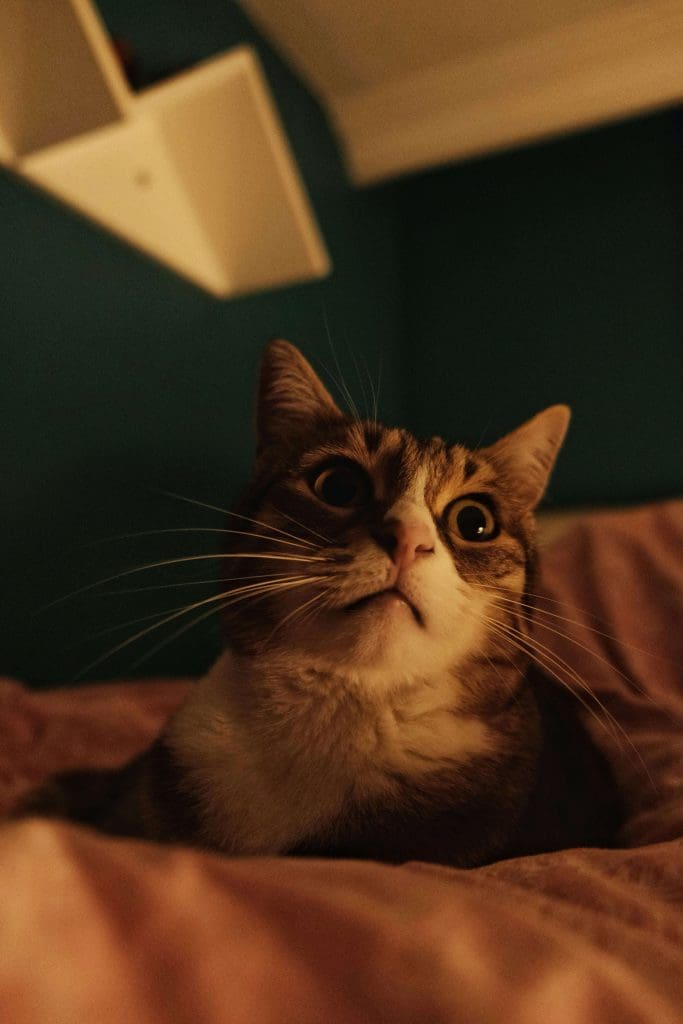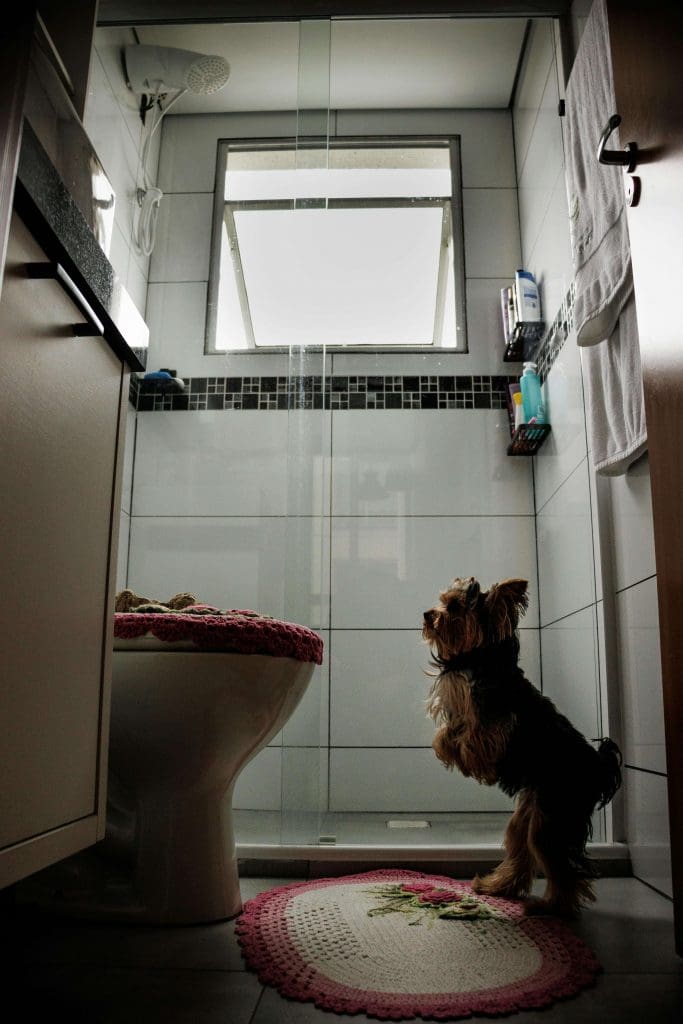Gas happens, even to our pets. Dogs break wind an average of 5-20 times per day while cats average 1-2 toots — extremely modest compared to the human average of 12-25 daily incidents.
Thanks to their more horizontal GI systems and differently configured sphincter muscles, pet flatulence is usually silent (but deadly). If you’ve found yourself asking what’s that smell? a bit too often lately, it may be time to take action. If you want to clear the air, start by identifying and addressing the root cause of your pet’s gas.
 When to Worry About Your Pet’s Gas
When to Worry About Your Pet’s GasGas is a nuisance, but it’s occasionally an indicator of a more serious problem. Don’t ignore a sudden uptick in flatulence that is accompanied by:
These symptoms can point to conditions like stomach ulcers, GI obstructions, and irritable bowel syndrome (IBS), all of which require a vet’s care. Concerned pet parents should schedule an exam to investigate the underlying cause of worrisome gas.
Once you’ve confirmed that your pet’s gas is just hot air, small changes to their routine can bring on big improvements.
If your dog has gotten into the garbage or helped himself to the pizza you left on the counter, expect some bad gas.
Human food contains sugars and proteins that aren’t a normal part of pets’ diets. When they chow down on something they lack the enzymes to properly digest, that food languishes in their GI tract. As their gut bacteria work to break down the problematic food, they produce an excess of foul-smelling gas in the process.
Gas prevention begins with investing in a secure trash can lid and storing leftovers safely out of your pets’ reach.
Despite the common mental association of cats with saucers of milk, most cats (and many dogs) are lactose intolerant. When pets grow to adulthood, they produce less of the enzyme that they require to digest their mothers’ milk — for many adult cats, it disappears completely. 
If you want to improve the air quality of your household, try removing milk and cheese from your pet’s diet. They may also experience the added benefit of more comfortable digestion.
Vegetables make great low-calorie treats, but some are more likely than others to produce noxious gas. Members of the cruciferous family (think broccoli, cabbage, Brussels sprouts, and cauliflower) are high in sulfur and fiber. While they can be great for promoting healthy poops, they are also slow to move through dogs’ digestive systems, leading to a buildup of that distinctive rotten egg scented flatulence.
Switch to more digestible veggies or give them a quick steam to help reduce gas.
Sometimes trapped gas originates in your pet’s mouth. Dogs and cats who scarf down their food too quickly can swallow a lot of air. These air pockets cause discomfort as they make their way through the digestive tract and escape as gas.
If you have a frantic eater, consider breaking up meals into smaller snacks throughout the day. Puzzle bowls and mats are great ways to encourage pets to eat more slowly while providing helpful mental stimulation.
While true food allergies are quite rare, cats and dogs may experience food sensitivities that lead to digestive distress and excessive gas.
If you suspect your pet’s food is disagreeing with them, an elimination diet is the only way to definitively pinpoint problematic ingredients. Once you have isolated the source of your pet’s issue, swapping their current diet out of a different protein source like salmon, duck, or lamb can bring about relief.